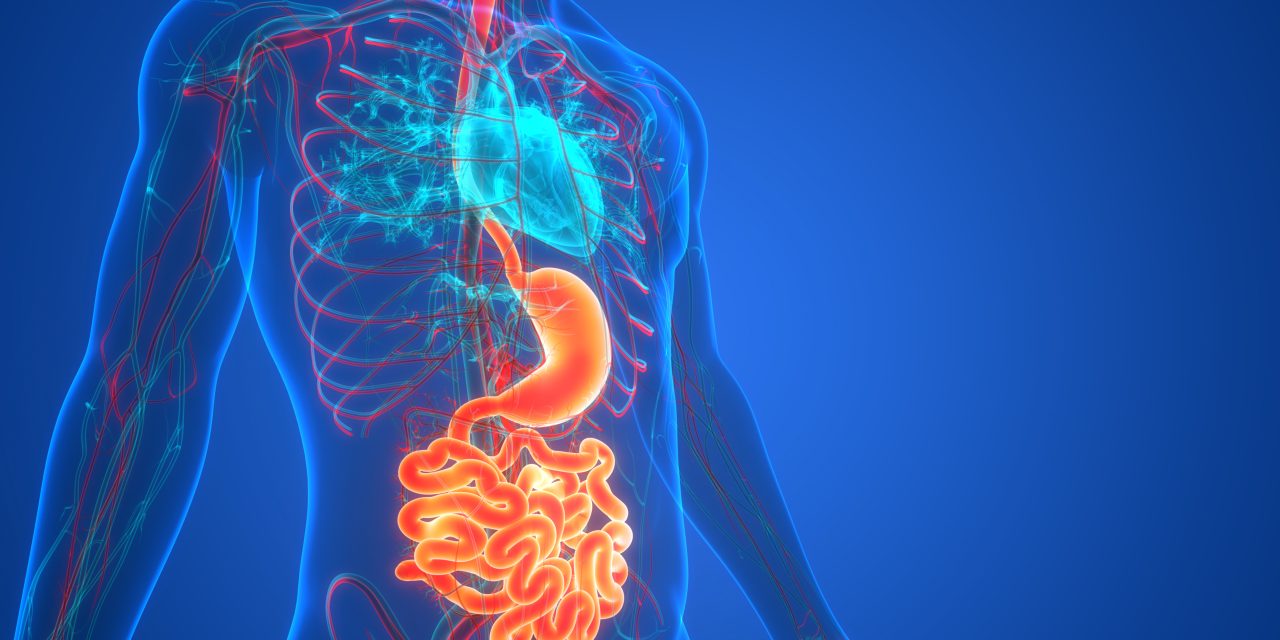To evaluate the role of endoscopic ultrasound-guided fine needle aspiration cytology in identifying mucinous cystic lesions (MCLs) in histologically proven cases of intraductal papillary mucinous neoplasm (IPMN) or mucinous cystic neoplasm (MCN) and risk of malignancy associated with each cytologic category based on the Papanicolaou Society of Cytopathology (PSC) guidelines.
All resected cases with histologic diagnosis of IPMN or MCN at our institution from January 1, 2004, to August 31, 2019, with associated cytology were included. Available cytology slides of nondiagnostic (ND), negative/benign (BN), and atypical cytology (AC) cases were reviewed and reclassified based on the PSC guidelines.
A total of 120 cases were identified, including 57 IPMNs with low-grade or moderate dysplasia (LGD/MD) and high-grade dysplasia (HGD), 34 MCNs with LGD/MD or HGD, and 29 IPMNs with invasive malignancy. After cytology slide review and reclassification, we observed that ND and BN cases were paucicellular and lacked ancillary testing (carcinoembryonic antigen levels or KRAS mutation analysis). The risk-of-malignancy rates were 33% for ND, 11% for BN, 28.5% for AC, 17% for MCL, and 100% for suspicious/positive cytologic diagnosis.
A multidisciplinary approach including combined use of cytology and ancillary testing is helpful in establishing a diagnosis of MCL and identifying associated malignancy.
© American Society for Clinical Pathology, 2020. All rights reserved. For permissions, please e-mail: journals.permissions@oup.com.
Endoscopic Ultrasound-Guided Fine Needle Aspiration Cytologic Evaluation of Intraductal Papillary Mucinous Neoplasm and Mucinous Cystic Neoplasms of Pancreas.


